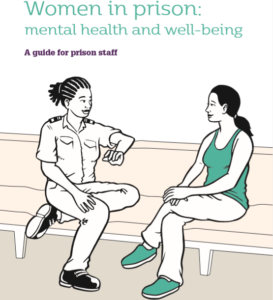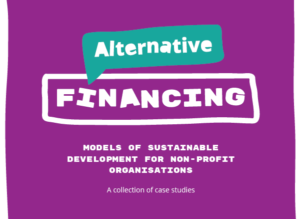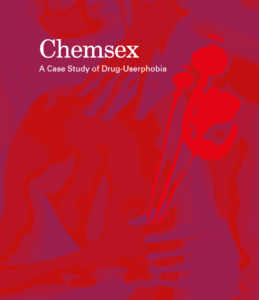 As leaders of the HIV response gather in New York on June 8-10 for the 2016 High-Level Meeting on HIV/AIDS, civil society networks of the EECA region prepared the “East Europe & Central Asia: Let’s not lose track” report to draw attention to the catastrophic situation in our region and solutions that would enable us to catch up to the rest of the world on the track to move towards ending AIDS and achieving Strategic Development Goals by 2030.
As leaders of the HIV response gather in New York on June 8-10 for the 2016 High-Level Meeting on HIV/AIDS, civil society networks of the EECA region prepared the “East Europe & Central Asia: Let’s not lose track” report to draw attention to the catastrophic situation in our region and solutions that would enable us to catch up to the rest of the world on the track to move towards ending AIDS and achieving Strategic Development Goals by 2030.
The position document clearly demonstrates the fact that as the whole world registers the decrease in the rates of HIV spreading and deaths due to AIDS, the situation in East Europe & Central Asia still stays grave:
- EECA is the only region that failed to achieve MDG6 on HIV;
- 70% of PLHIV live in high-income countries;
- 1 in 5 HIV-positive people live below the national poverty line;
- only 20% of PLHIV are on ARV treatment.
The appeal of the communities “East Europe & Central Asia: Let’s not lose track” brings up issues of the HIV/AIDS programs transition to domestic funding, and in particular – the transition of the programs for key affected populations, and emphasizes the crucial importance of prevention services and linkage to prevention, testing, treatment and care without which it is impossible to reach 90-90-90 UNAIDS goal in the EECA region. The issue of the need in decreasing the prices for medicines and reforming the healthcare system and funding in order to ensure the smooth transition to the targeted care provision is stated as of the crucial importance in the report.
A particular attention in the Position of the EECA communities is drawn to the recommendations which can advantageously contribute to the stabilization of the HIV epidemic in the region:
- Governments must acknowledge the HIV, tuberculosis and hepatitis C burden borne by key populations and ensure that 90% of key populations are reached with targeted low threshold programming including prevention, testing and linkage to treatment and care.
- Donors including The Global Fund to Fight AIDS, Tuberculosis and Malaria (GFATM), bilateral donors and others must adapt eligibility criteria that do not neglect inequitable access to services within middle and high income countries.
- Governments should utilize transparent, flexible and innovative approaches in the procurement of ARV medicines to ensure lowest possible prices for effective medicines including encouraging generic competition and application of TRIPS flexibilities and to ensure sustainable access to HIV quality treatment.
The EECA_Communities_Position is available by the link. The Russian translation of the Position will be available shortly.
The following regional networks contributed to the development of this document:
East Europe & Central Asia Union of People Living with HIV (ECUO);
Eurasian Coalition on Male Health (ECOM);
Eurasian Harm Reduction Network (EHRN);
Eurasian Network of People Using Drugs (ENPUD);
Eurasian Women’s Network of AIDS (EWNA);
European AIDS Treatment Group (EATG);
International Treatment Preparedness Coalition in East Europe & Central Asia (ITPCru);
Sex Workers’ Rights Advocacy Network (SWAN).



